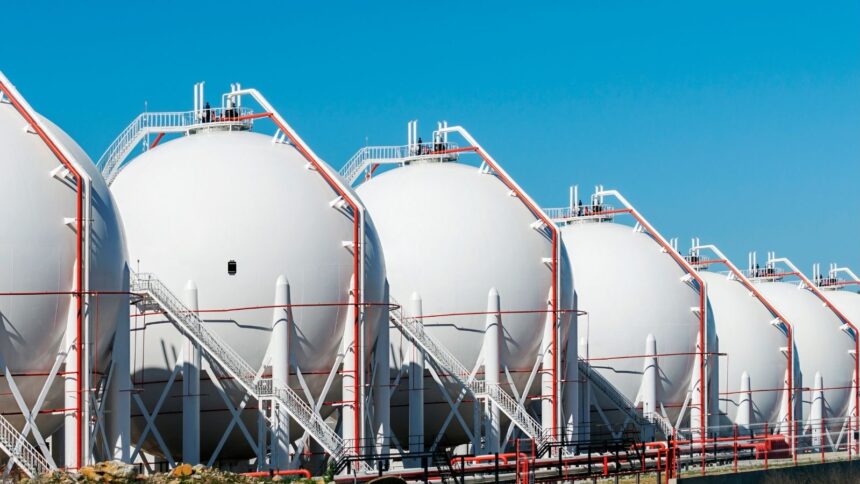TC Energy’s business is increasingly defined by a simple idea, a bigger, more connected gas network that can feed premium markets for decades.
This backbone now stretches from the Western Canadian Sedimentary Basin to the Pacific, with Coastal GasLink tying inland supply to LNG Canada’s terminal at Kitimat.
LNG Canada loaded its first cargo on June 30, 2025, marking the start of exports from Canada’s West Coast and a new route to Asian buyers.
The project continues to ramp, but the milestone matters because it turns pipeline steel into contracted gas flows and cash flow visibility over time.
LNG Canada has confirmed the first shipment, providing a timestamp on the transition from building to operating.
The company reported that Coastal GasLink reached mechanical completion in November 2023 and that the project became eligible for a C$200 million incentive payment from LNG Canada tied to that milestone.
TC Energy’s own February 2023 update put Coastal GasLink’s estimate at about C$14.5 billion after years of pressure from terrain, labor and schedule changes.
In October 2024 it completed the spinout of its liquids pipelines into South Bow, leaving TC Energy more squarely focused on natural gas transportation, storage and power.
Multi-decade offtake deals continue to stack up across the LNG landscape, signaling that buyers still want term supply. One recent example is how Texas LNG and Gunvor agreed to a 20 year pact, underscoring the staying power of contracted LNG.
Canada’s first export plant now gives Western Canadian gas a direct line into that market, rather than relying entirely on U.S. Gulf Coast corridors.
The NGTL system collects volumes across Alberta and British Columbia and feeds downstream markets.
Layer LNG Canada on the coast and the network gains a new, high value outlet that can help smooth basin imbalances when storage is tight or when U.S.-bound flows face congestion.
Commissioning hiccups at new LNG plants can dent near-term throughput, and regulatory and toll outcomes on legacy pipes influence returns.
Competition for capital with other North American midstream names remains, and the peer set is not standing still.
When investors weigh Canadian pipeline exposure, they often look at Enbridge stock alongside TC Energy, given scale, balance sheet choices and asset mix.
Policy shifts also shape the opportunity set, as seen when Alberta recently pitches new oil pipeline ideas to the B.C. coast, even if market and permitting math for oil and gas differ.




















